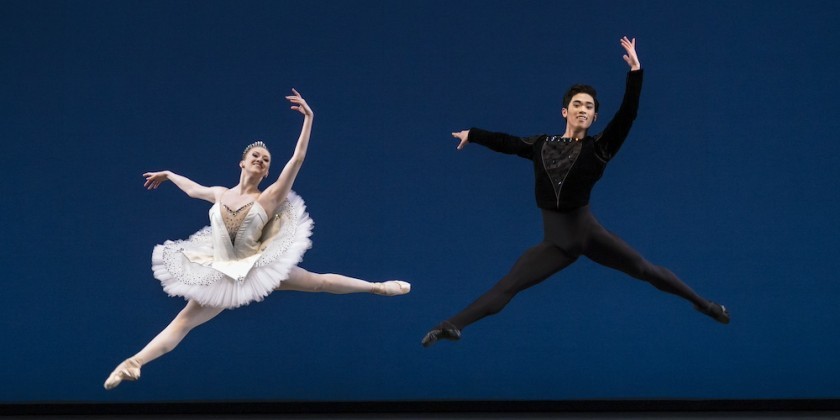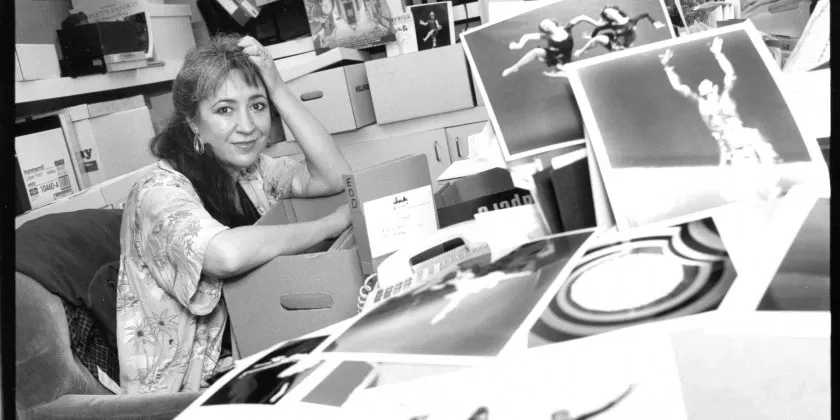BAREFOOTNOTES: Things I Am Learning About: Civic Duty, Dance, and “The Table of Silence”
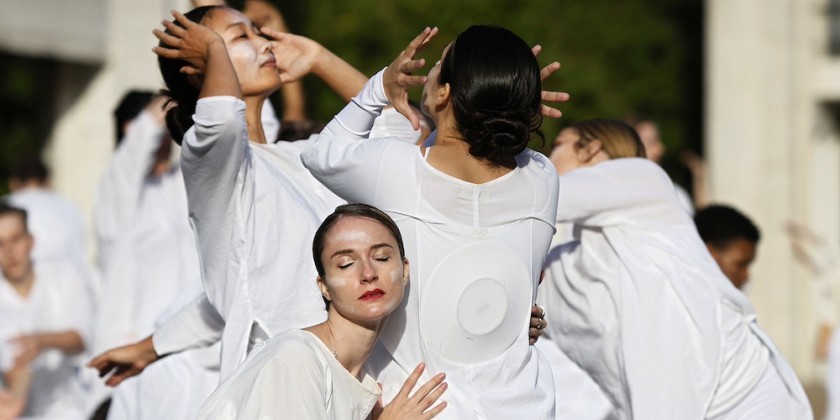
We’re often encouraged to unplug from our phones, computers, social media apps, and the news to center on peace and positivity. Yet for just over a week in early August, thirteen people and I (at first strangers, then colleagues) were tasked to unplug to focus on the darker, non-tranquil aspects of humanity.

Selected to be jurors by the Jury Commissioner for the Commonwealth of the Trial Court of Massachusetts, we were entrusted to determine whether a convicted sex offender, seeking to leave a monitored treatment facility, continued to present a danger to society. In short, could he be freed?
Because a man’s independence was in our hands, our jury was made up of fourteen people (instead of the normal twelve jurors) with the rule that at least twelve of us must agree unanimously on a verdict.
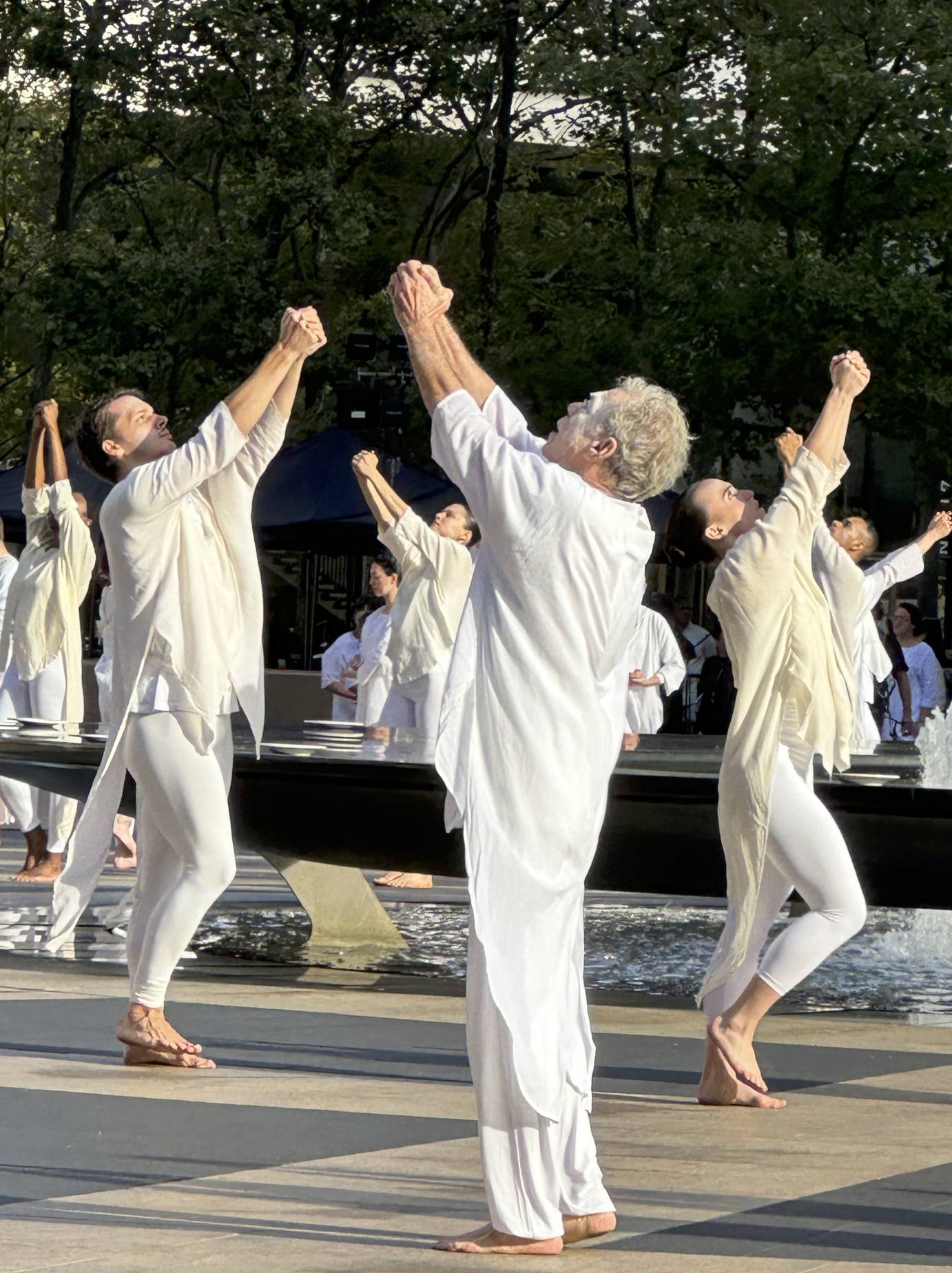
Everyday, for a week and two days, we learned about this man, most likely abused as a child, who molested and raped child relatives and others. We learned he had multiple restraining orders issued against him, he had a penchant for fighting, that he had abused his parole. We learned that his last rape victim was a pregnant woman (a friend) whom he only stopped raping after she pleaded with him, saying he was hurting her unborn baby. We focused on expert witness testimony, charts, graphs, and psychological studies about sexual abusers, specifically child abusers. We combed through reams of evidence. We were allowed to keep notebooks which were collected at the end of every day, and given back to us the next morning. We were sworn to secrecy — instructed not to talk about the case to anyone, nor to to search for information on the internet or listen to a news channel if anything came up about our trial.
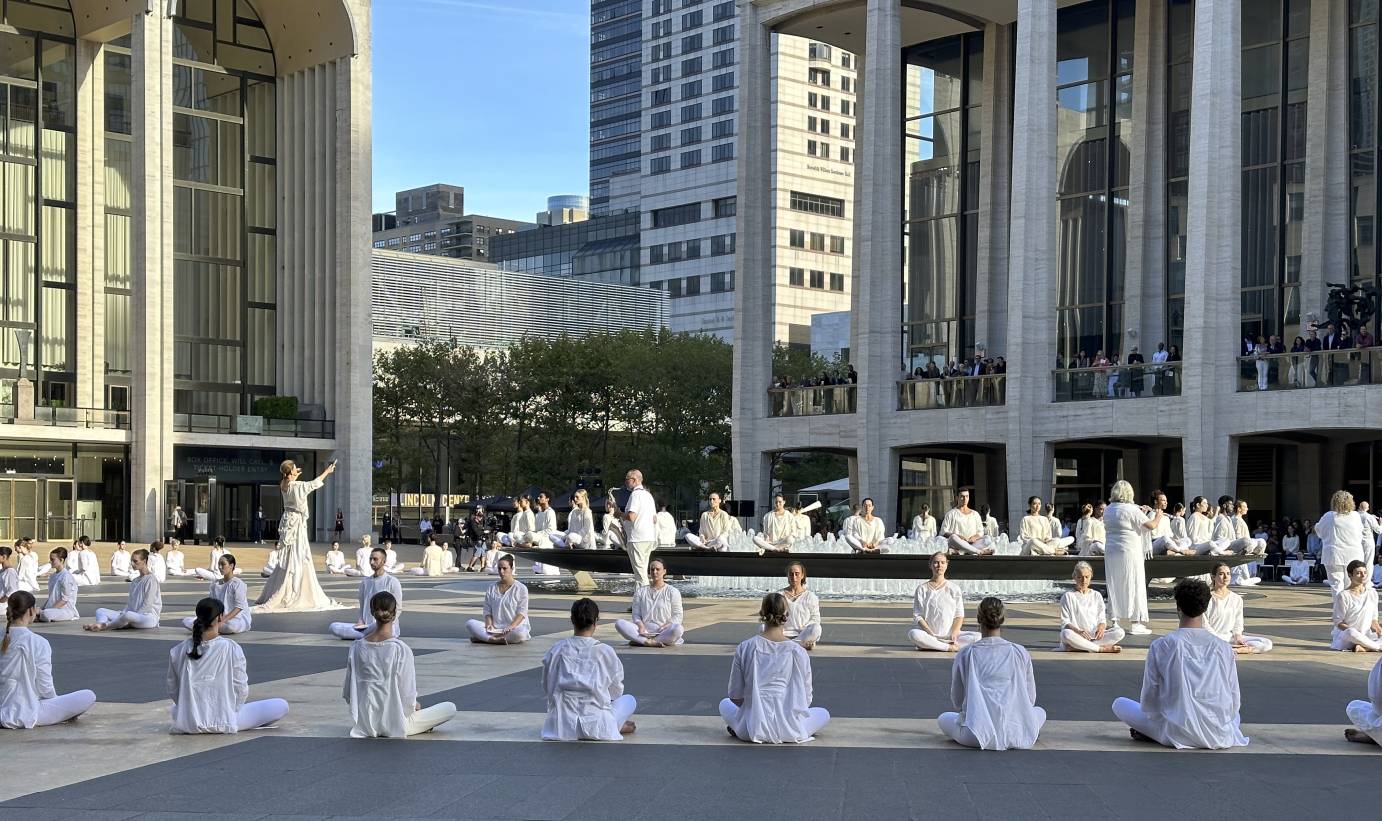
I was amazed at the brilliance of my colleagues, all of different ages, races, careers, and life experiences (a former ballet dancer from Brazil; another a man who served time in prison; a doctoral science student; a head nurse; a government employee; a paramedic...). With utmost professionalism and care everyone committed to the facts and the evidence, listened to one another’s thoughts, and acted for the sake of justice. It was an awesome, humbling civic experience, which oddly reminded me of my work in dance — in the way that strangers come together to lend their talents and purpose to a common cause (though usually in the name of elucidating a deep human truth, not deliberating a verdict).
But the fatigue from jury duty on such a case is not the good kind one feels after a day of work in the studio, and the ramifications of a bad decision in court are far more dire. It’s the discipline required by the participants, and their absolute commitment to it, which I find to be the beautiful common thread of both experiences.
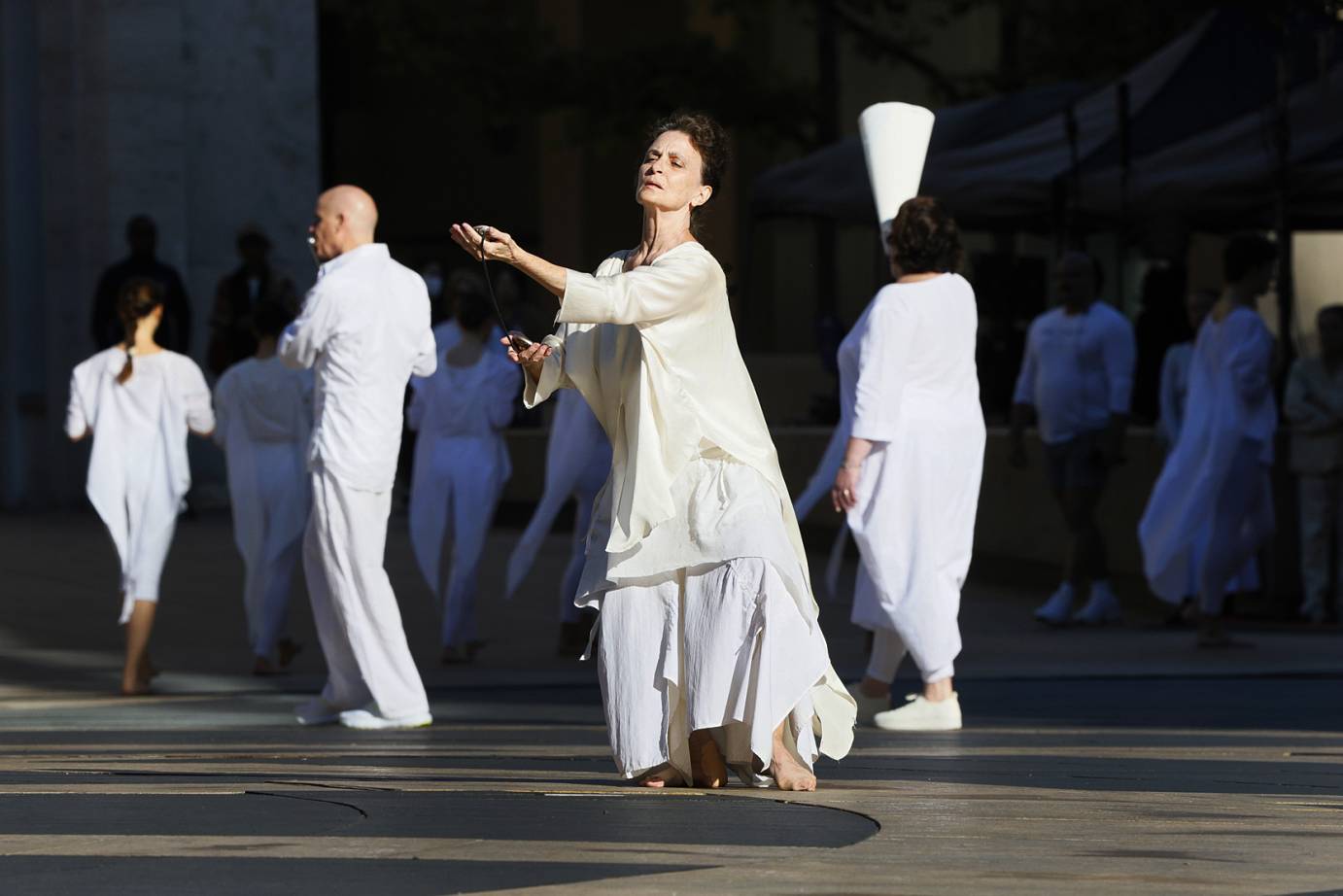
Terese Capucilli, Bell Master in "The Table of Silence." Photo: Paul B. Goode
At 5PM when our court day was over, I had no problem not speaking about our case or searching for information about it. I couldn’t wait, at least temporarily, to forget the details, and ponder anything life-affirming. Ultimately, after deep discussion, reading, and listening, we unanimously decided that the defendant was still dangerous and not ready to handle life outside a facility. Afterward, for most of the month of August, I was emotionally drained. These tough experiences stay in the body, and the body needs to work them out.
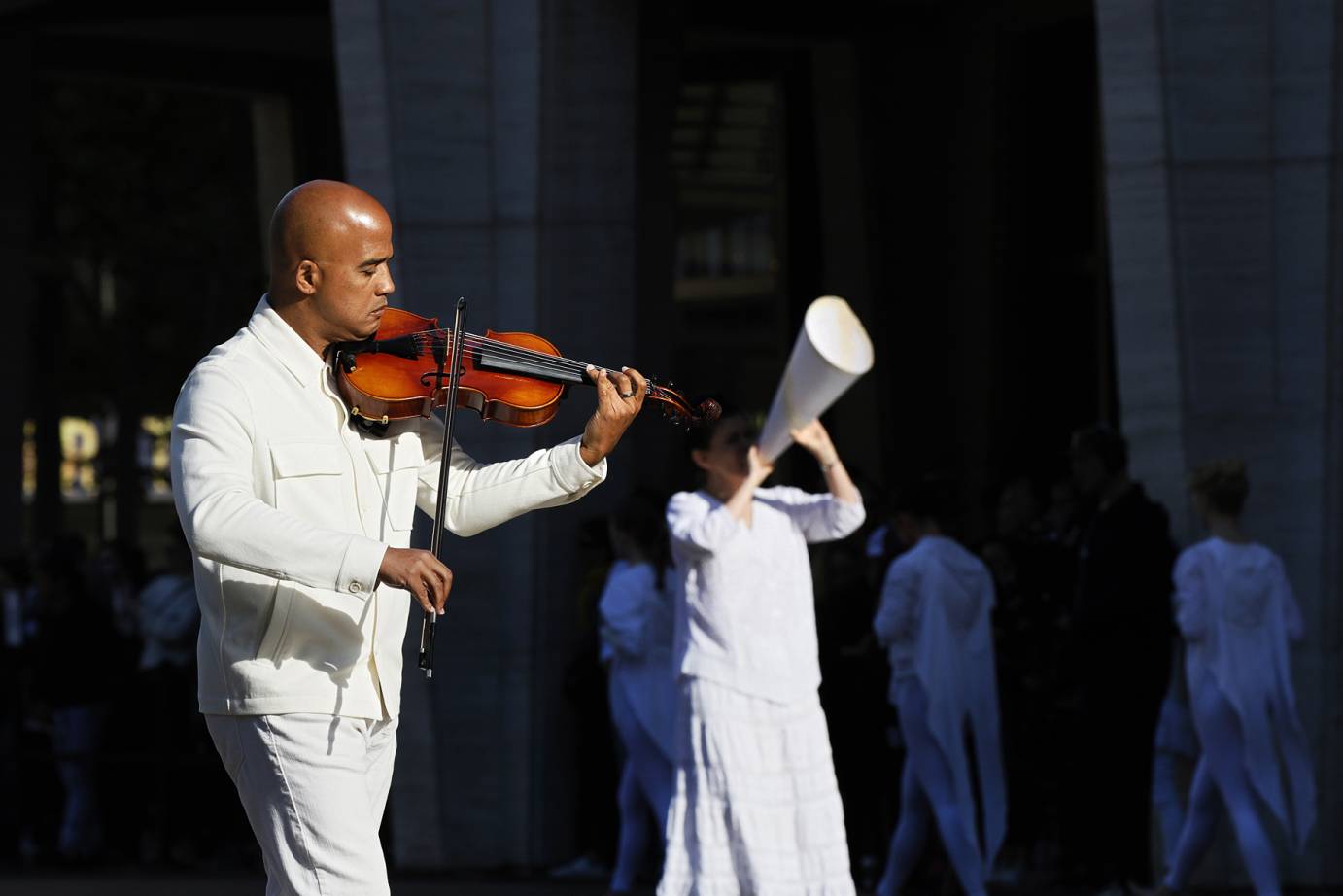

It felt extremely necessary this September to visit my old home in NYC to experience Jacqulyn Buglisi’s annual “Table of Silence.” Leaning against one of the pillars holding up the great Lincoln Center, surrounded by masses of onlookers, I witnessed friends, colleagues, and young dance students scatter heroically across the Josie Robertson Plaza pleaing for peace with their movements, as Daniel Bernard Roumain, solemnly walked through them, playing his hopeful renditions of “The Star Spangled Banner” and “America The Beautiful” on violin. These hundreds of bodies clothed in white soon coalesced into unison, breathing and gesturing in a multi-ringed circle that traveled around the plaza’s iconic Revson Fountain — their figures creating a luminous, human mandala.
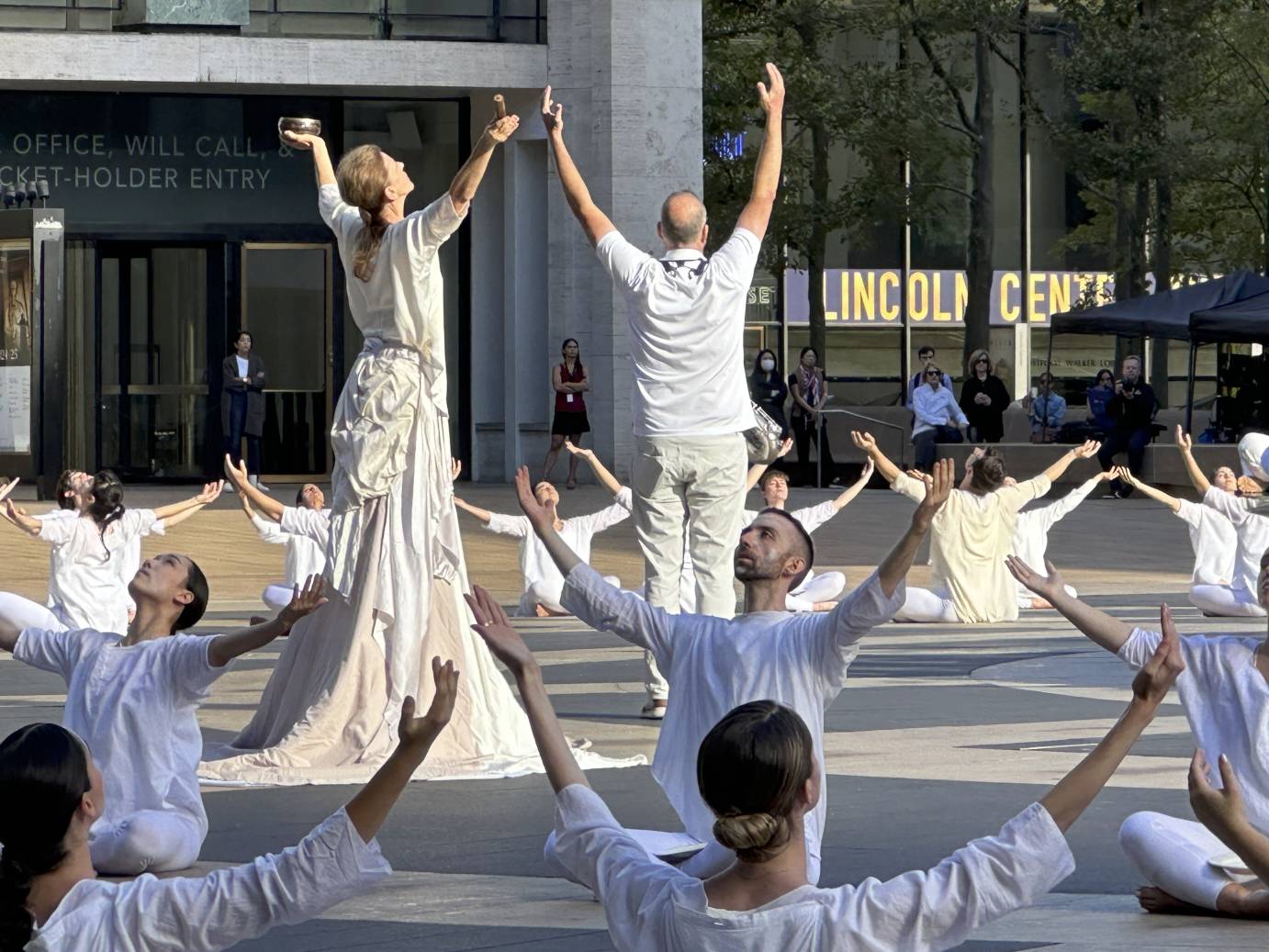
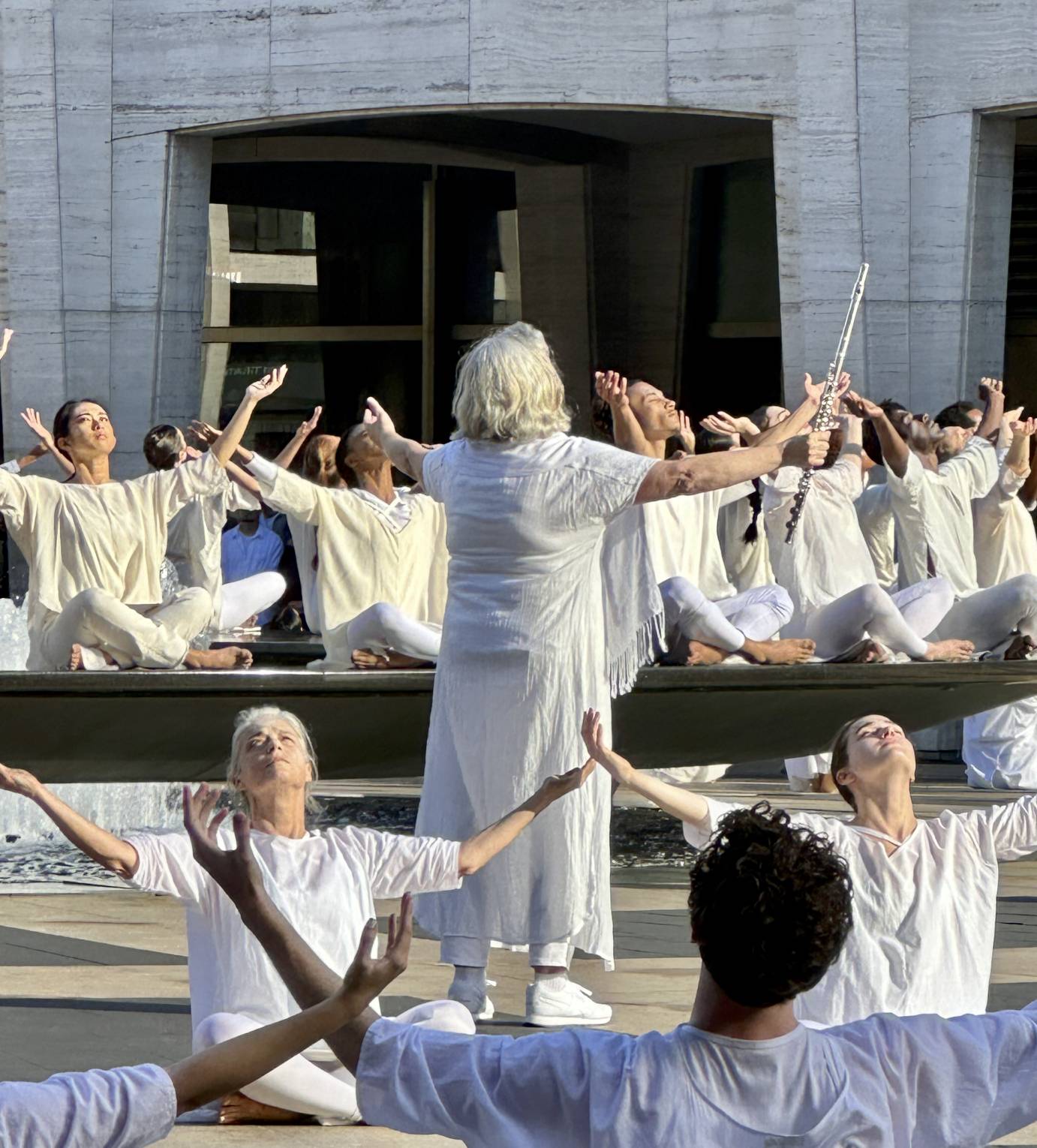
There is a moment, performed in silence, when everyone in their circles lifts up their arms and faces towards the sky. Time stops. Transcendence is one word that comes to mind at this momentous juncture. Another is connection. It’s as if all of us, those dancing and those watching, simultaneously plug into the energy and radiance of the ritual, sending up our cares, prayers, dreams, and pain to the heavens. Every prior moment was leading to this point of exaltation, surrender and salve. Every moment after acknowledges that it happened, we met, and together felt part of something greater than ourselves.
Walking back to my hotel, after the morning performance was over and the plaza empty, I felt at peace, energized, grateful, and ready for any new challenges the world may bring.








